I have a cousin who, because of a series of surgeries after an accident, became addicted to opioids. He’s fought it valiantly for many years, but in December his situation went from bad to much worse. When he reached out for help, I jumped on a plane and headed for the west coast to bring him home to Texas for treatment. In addition to his addiction, my cousin is also disabled from the accident, so there was nothing easy about traveling with him. But, as I would soon learn, retrieving my cousin, helping him manage his severe anxiety, and dealing with a marginally cooperative airline would prove to be the simplest part of the journey. The real challenges began when we started working with the healthcare system to arrange his care.
Lining up resources, finding treatment programs, arranging an emergency knee replacement surgery, and coordinating care over the last four months have been exhausting. Thankfully, my wife is a retired nurse, and she has been leading the charge. Without her years of experience and the time she has available for managing his care, we would not be moving in the direction of a successful outcome for my cousin. And, without my cousin’s excellent health insurance, it would be a fruitless exercise in the first place. It’s no secret that if you don’t have quality health insurance, you don’t have access to our healthcare system. But that’s a blog topic for another time.
My observation as a marketer is that it doesn’t have to be this way. Where there is great difficulty there is also great opportunity. It seems to me that not enough attention is being paid to the patient experience. Lots of lip service, maybe, but not a lot of action. The most important thing a marketer of any product or service can do is to understand the perspective of the customer. There are a lot of tools at our disposal for understanding and diagnosing the customer experience, and my favorite is the customer journey map. It’s a classic tool that’s been used by marketers since the 1960s and for good reason. A well-done journey map helps frame the opportunity by precisely locating the pain points experienced by customers, or, in the case of healthcare providers, patients. I like to start the work of mapping the journey with a high-altitude question that orients the output towards an aspiration that, if achieved, would set your brand apart from the competition. That question for healthcare providers might be something like this:







